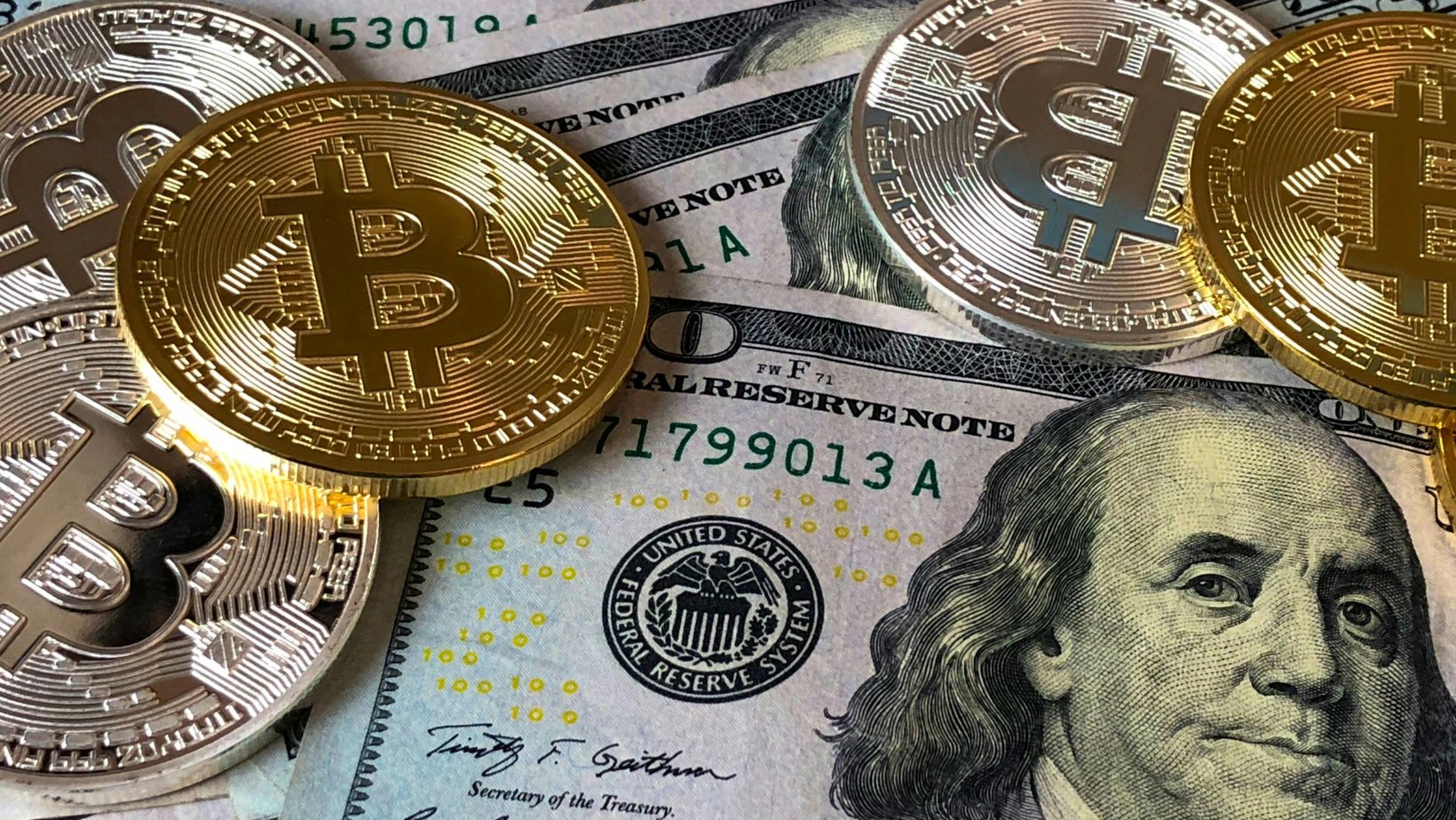
 Bitcoin has done extremely well in the past week. Yet it failed to break the all-time high price barrier that was expected. So what caused this push forward?
Bitcoin has done extremely well in the past week. Yet it failed to break the all-time high price barrier that was expected. So what caused this push forward?
Anticipation was high this week as a change in macroeconomic conditions and a surge in the price of Bitcoin hinted that a new record high may be reached. However, even newly announced trade deals failed to push it beyond its $109,588 all-time high set in January. A deal announced between the United States and the United Kingdom failed to set the price alight. Even news of thawing relationships with China should have added to this, but despite a short-term spike, it did not break the all-time high. So what did cause its last-minute surge up to this point?
Bitcoins Price Rise
Not all of this is doom and gloom. Last week, the price rose above $100,000 for the first time in months. While the short-term gains that people expected were not there, this was a significant move for traders who are holding, as Bitcoin continues a gradual creep upwards. During yesterday’s US trading, the coin hit an intraday high of $105,819 before a sharp sell-off. The Bitcoin price USD has now stabilised around the $102,000 mark. It still managed to make a gain of around 10.9% in a week and is also up 25.1% in a month. 

Part of this failure to break the record may have been down to increased profit taking. Traders began to take, and whale activity slowed down from the end of last week. Active Bitcoin addresses also ceased.
What is also of note is that this was at a point when US equity market futures responded with great aplomb. The US Dollar Index rallied sharply. This could be a further sign that Bitcoin may be uncoupling from socio-economic factors.
Over the last month, there have been many announcements regarding Bitcoin holdings within companies. Despite posting losses in the first quarter of the year, Strategy announced its plans to buy more Bitcoin. They acquired 13,390 more Bitcoins. This followed a number of other companies, both in the US and abroad, announcing their intention to hold the currency. For example, KindlyMD announced a merger with Nakamoto Holdings.
There are indicators that this price consolidation may be here to stay for a while. While new buyers are plentiful, there is also a lot of profit-taking at this point. This was seen in spot markets and perpetual futures markets. There is also a forthcoming Consumer Price Index Report (CPI). This will give an indication of inflation levels, which continue to rise, and could be an indicator of forthcoming stagflation in the economy.
Bitcoin ETF Inflows
Last week’s rally could also have been down to Bitcoin ETF inflows. As Strategy bought up even more Bitcoin, inflows began aplenty for Bitcoin ETF products. In fact, $867 million was recorded in one week alone. This followed a fourth week of consistent inflows and took their year-to-date values to around $6.7 billion.
There are several theories about why this may be happening. The M2 money supply has risen across the globe. Added to his are the increased risks of stagflation in the US. Many people may be looking at Bitcoin as a hedge, particularly those in the trad-fi sector, who prefer to invest through an ETF rather than buying Bitcoin directly.
This can be contrasted against Ethereum ETFS. Despite the coin rising 40% in the past week, this did not transfer to inflows in Ethereum ETFS. In the space of the week, they recorded just $1.5 million in inflows. The standout altcoin was Sui, which managed to record $11.7 million in inflows, beating even Solana.
It is quite possible these ETF offerings are only going to increase. There is currently a backlog with the Securities and Exchange Commission for those filing for crypto ETFs. At the moment, people must invest abroad if they want to use SUI ETF products.
US States Race to Create Bitcoin Reserves
Added to this were the establishment of several Bitcoin reserves. New Hampshire was the first to announce a reserve that will allocate public funds to the purchase of Bitcoin over the next few years. This HB 302 bill was signed with the aim of diversifying the state’s reserves. It was signed by Governor Ayotte. While many states have tried this over the last few months, their bills have either been rejected or stalled. 

Arizona passed on the ability to buy Bitcoin directly with public funds. Its bill, SB 1025, was vetoed by Governor Katie Hobbs. Instead, the governor allowed the allocation of Bitcoin from unclaimed assets and staking by signing HB 2749 into law.
All of this signifies long-term gains for the cryptocurrency. With further institutional investment, it may even signal a loss in the volatility of Bitcoin. Should it be distancing itself from macroeconomic factors, particularly those in the US, then it will be a definite hedge against inflation. Thus, now may be the perfect time to buy and hold.